Immigration reform is now firmly on the national agenda. This is good news, because hidden in the immigration debate is an immediate and pressing challenge facing the country, and lawmakers should seize the opportunity now to confront it.
To remain productive, innovative and competitive, the United States needs to educate and train tens of thousands of highly skilled workers to fill ever-expanding technical jobs in the science, technology, engineering and mathematics (STEM) fields. According to a study by Georgetown University’s Center on Education and the Workforce, the United States could see 2.4 million STEM-related job vacancies between 2008 and 2018. But the American education system will fill only 61 percent of those positions.
As The Washington Post has reported, if the US can’t meet that demand — either by finding or producing a smart, qualified workforce — the STEM vacuum could be filled elsewhere. Other countries are producing their own trained workers and entrepreneurs, or luring those schooled at US universities with easy visas and start-up incentives. That’s an obvious threat to national competitiveness.
Investing in education and training is a critical part of the long-term solution, but the US can also look abroad to attract top technical talent in the near term. And it has, by hiring foreign workers on H1-B visas and training international students at US universities. Unfortunately, H1-B visa quotas — currently capped at 85,000 — are far too low both to meet the US domestic demand for qualified labor and the thirst for visas among visiting students. The demand is so high, in fact, that the 2012 H1-B visa quota hit its cap just 10 weeks after they began to be issued.
Reform to the work visa program, which directly and immediately affects the American economy, is much needed and long overdue. Fortunately, the renewed immigration debate has produced some encouraging legislative proposals. BSA has supported the Senate’s bipartisan Immigration Innovation Act, which would raise H1-B visa quotas and release unclaimed “green card” permanent residency permits to encourage entrepreneurs to start their businesses in America. A bipartisan group of US Senators incorporated a STEM provision as part of a comprehensive “framework” proposal for immigration reform. In addition to raising the cap on H1-B visas, it also would award green cards outright to advanced degree graduates in STEM subjects from US universities. Another bipartisan group in the US House reintroduced the Fairness for High Skilled Immigrants Act, which would substitute high-capped, skills-based green cards for the traditional, low-capped country-based green card system currently in place.
The country faces an immediate and persistent problem — a challenge affecting productivity, job growth and economic expansion. It is an urgent problem that can be fixed and Congress should act now to approve high-skilled immigration reform.

